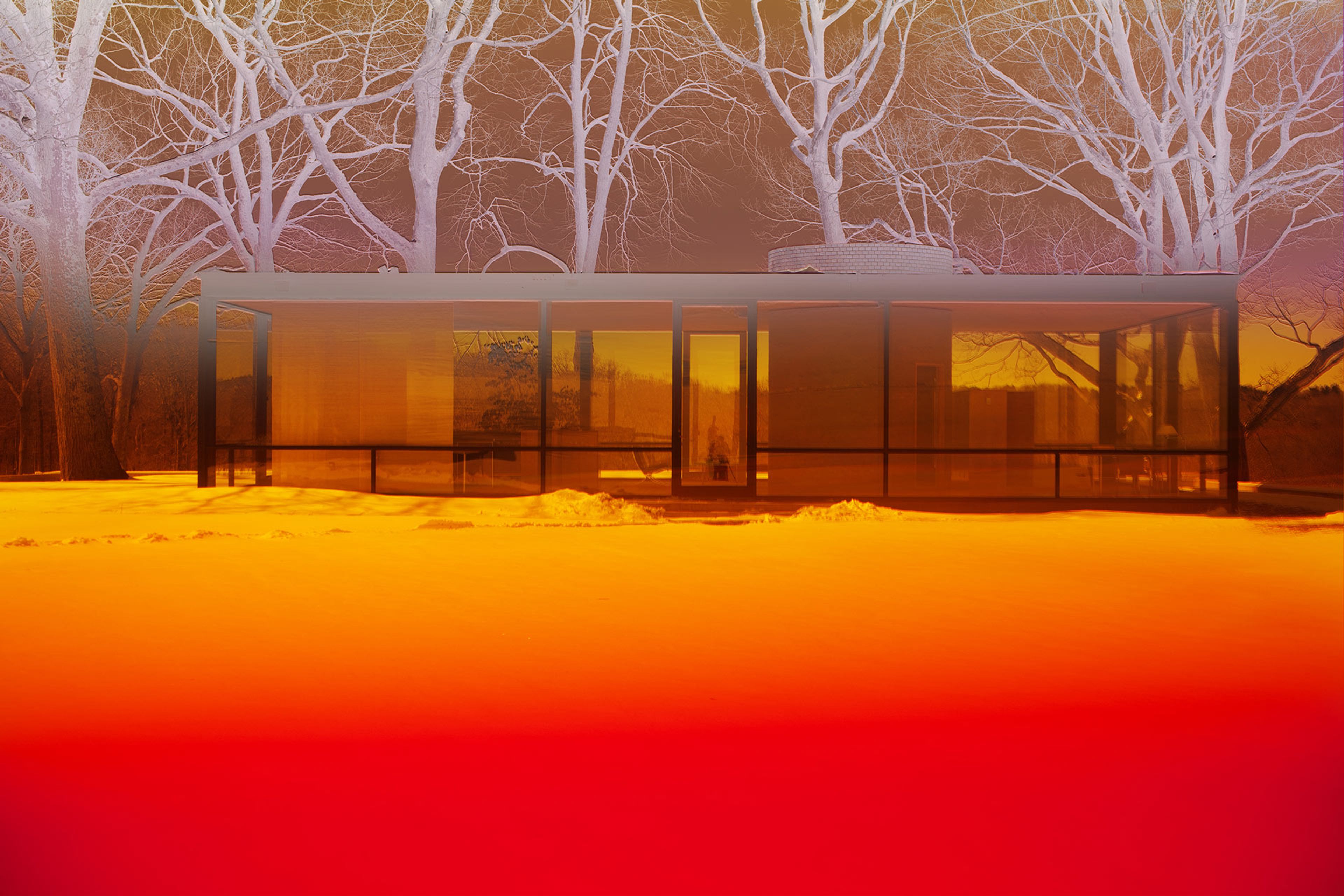Featured Work
2017
James Welling is known for his peripatetic practice, using diverse strategies to produce works that are at times representational, at times abstract, and often, paradoxically, both. Welling harnesses the elemental components of photography—light, color, and movement—to produce distinctly original work, while remaining keenly aware of the medium’s history. His experimental approach and his sensitivity to the physical and technical properties of his medium has influenced an entire generation of younger artists.
0472 (2017) is included in a benefit exhibition in New York to support Thread, a Senegal-based non-profit established by The Josef and Anni Albers Foundation. On view at the gallery's 19th Street space through July 21, 2017, this exhibition celebrates the project's two-year anniversary and includes artworks generously donated by 26 gallery artists, the proceeds of which will go directly to Thread. With this fundraiser, Thread will be able to establish an endowment so that it can operate in perpetuity in the region.
This photograph by James Welling is part of an ongoing series of works begun in 2006 which documents Philip Johnson's iconic Glass House built in 1949 in New Canaan, Connecticut. The series was produced using a digital camera, and its resulting images capture the architectural features of Johnson’s 47-acre compound. To achieve his luminous effects, the artist placed a variety of colored filters between lens and subject to introduce intense fields of color, transforming the image at the moment of exposure. Here, Welling continues to explore his longtime interest in using layering effects and filtering combinations to explore color phenomena and trichromatic (RGB) vision, the process by which our eyes and brain work together to perceive the visible spectrum.
The reflective, transparent façade of Johnson's diaphanous structure combines light, interior, and exterior to describe architectural space. Welling has elaborated on the physical and conceptual properties of his interventions, explaining how Johnson's "glass box […] seems like a conceptual sculpture, a gigantic lens in the landscape. When I realized I could make the glass red or add reflections to the face of this supposedly transparent house, my project became a laboratory for ideas about transparency, reflectivity, and color."¹
¹ James Welling, in correspondence with the gallery, 2010.

